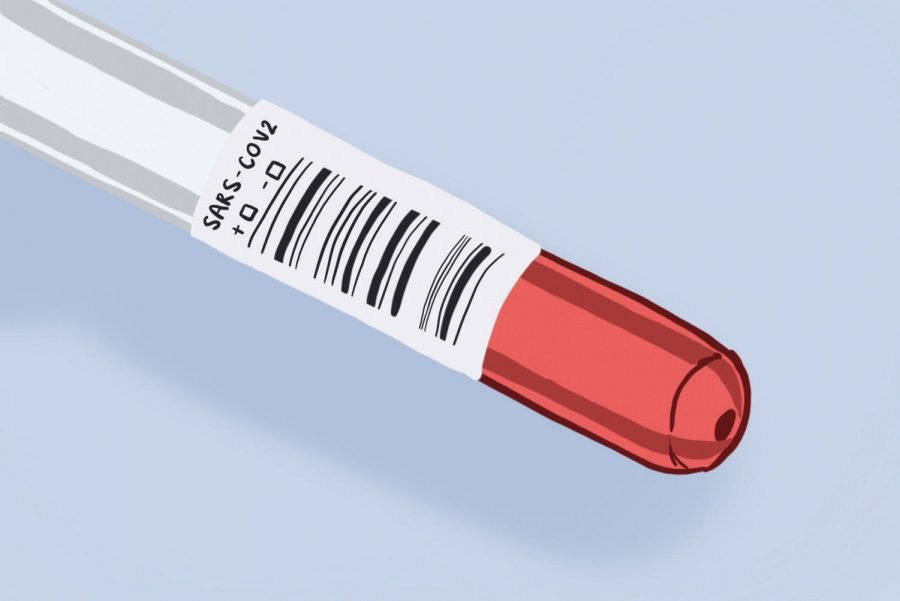The Costs of Coronavirus
According to the CDC, the first reported case of COVID-19, or coronavirus, in the United States was documented on Jan. 22, 2020. Since then, cases have risen dramatically. On March 30, the CDC reported that the total number of cases was 140,904, and this amount continues to rise everyday.
Receiving a test is the only way an individual with symptoms of COVID-19 or an individual near a coronavirus patient can be diagnosed. The Scientific American reported that tests are available in every state and occur in public health laboratories as well as the CDC’s own laboratory.
Although availability varies in each state, there is a basic process nationally. According to the CDC and the Scientific American, a saliva sample is obtained through a process of swabbing the patient’s nasal canal will first be administered. Then, the swab gets transferred to a lab and tested for COVID-19 via a reverse transcriptase polymerase chain reaction, or RT-PCR.
The process in which a saliva sample is tested is incredibly hands-on for lab technicians. Results are usually produced in a few days, but the Scientific American reported that the FDA has granted emergency use authorization for rapid diagnostic PCR tests that can deliver results in less than an hour.
While these tests may seem like they cost an exorbitant price to the public, they are free. The Families First Coronavirus Response Act mandates that Medicaid, Medicare, most private plans and any government plans cover the entire charge of coronavirus testing.
Although COVID-19 testing is limited, due to the previously stated legislation, they should seemingly be evenly distributed. Many argue that the availability of testing should not be based on socioeconomic standing, and this legislation is meant to address that concern. However, this has not been the case, as there is a lack of testing for middle and lower class individuals in the U.S. Many argue that the middle and lower class individuals who have shown symptoms struggle to get tested, while the upper class has been able to get tested without symptoms.
Many sources covering the coronavirus pandemic hypothesize this inequality in testing is due to those who have the means to find loopholes in the healthcare system. “Wealthy people tend to have better health care plans and are more able to pay out-of-pocket expenses than poor people are. And then there are the ethically dubious reasons: The powerful—such as politicians—can leverage their position of influence, and the wealthy can donate their way into faster treatment,” wrote Adam Harris, a writer for The Atlantic Magazine.
If you or a loved one experience any symptoms of COVID-19, seek medical attention immediately and call your healthcare provider for medical assistance and advice.
Your donation will support the student journalists of Saint Louis University.





